The MSI GeForce RTX 2060 Ventus OC is one of the company’s custom designed RTX 2060. We previously reviewed the GeForce RTX 2060 Founders Edition, now it’s time to see how a factory overclock RTX 2060 would perform. In this review, you’re going to see how the RTX 2060 Ventus OC performs considering that it features a slight bump on its boost clock speeds; a different cooler design and custom designed PCB. Not everyone likes how the current Founders Edition look; some prefers a more “gaming” looking card. So if you are in the market looking for an RTX 2060 that is not plagued with RGB lighting, stick around and continue reading our MSI RTX 2060 Ventus OC review below.
MSI GeForce RTX 2060 Ventus 6G OC Review – Features
The MSI GeForce RTX 2060 Ventus 6G OC is basically somewhat similar to the GeForce RTX 2060 Founders Edition we have reviewed before. They share most of the features that the new NVIDIA Turing architecture offers. They have the same modified TU106 GPU chip that powers the graphics card. The RTX 2060 features 30 SMs, 1920 CUDA cores, 240 Tensor cores and 30 RTX cores. It also has 6GB of GDDR6 memory with a clock speed of 14 Gbps and runs on a 192-bit memory interface. More on the specifications below.
However, the main difference of the MSI RTX 2060 Ventus 6G OC from that of the RTX 2060 Founders Edition lies on its boost clock speed, PCB design and cooling solution. The RTX 2060 Ventus OC features the company’s TORX Fan 2.0 and the copper heat pipes directly contact with the GPU chip. Whether that helps or not, we will find out soon on our temperature test.
Of course, just like all the RTX 20 series graphics card, the MSI RTX 2060 Ventus 6G OC is also capable of doing real-time ray tracing and supports DLSS features. Its 30 RT cores can deliver 5 Giga Rays of ray tracing performance; and 240 Tensor cores that delivers 52 TFLOPS of deep learning horsepower and can be used to improve gaming performance through a feature known as Deep Learning Super Sampling (DLSS).
In this review, I have also included benchmark results for Battlefield V and Metro Exodus; including results when RTX is turned on and DLSS is turned on. Currently, these are the first two games where you can make use of the RTX 20 series’ real-time ray tracing and DLSS features.
Aside from the features mentioned above, the new GeForce RTX 20 series graphics cards also feature the following:
- New NGX Neural Graphics Framework integrates AI into the overall graphics pipeline, enabling AI algorithms to perform amazing image enhancement and generation.
- New Turing Shader Architecture with Variable Rate Shading allows shaders to focus processing power on areas of rich detail, boosting overall performance.
- New memory system featuring ultra-fast GDDR6 for high-speed, high-resolution gaming.
- Hardware support for USB Type-C and VirtualLink, a new open industry standard being developed to meet the power, display and bandwidth demands of next-generation VR headsets through a single USB-C™ connector.
- New and enhanced technologies to improve performance of VR applications, including Variable Rate Shading, Multi-View Rendering and VRWorks Audio.
MSI GeForce RTX 2060 Ventus 6G OC – Specifications
| Specifications | RTX 2060 Ventus 6G OC | RTX 2060 Founders Edition |
|---|---|---|
| Architecture | Turing - TU106 | Turing - TU106 |
| Process | 12nm FNN | 12nm FNN |
| SMs | 30 | 30 |
| CUDA Cores | 1920 | 1920 |
| Tensor Cores | 240 | 240 |
| Tensor FLOPS | 51.6 | 51.6 |
| RT Cores | 30 | 30 |
| Texture Units | 120 | 120 |
| ROPs | 48 | 48 |
| Giga Rays | 5 GR/s | 5 GR/s |
| RTX OPS | 37 Trillion | 37 Trillion |
| Compute | 6.5 TFLOPS | 6.5 TFLOPS |
| Base Clock | 1365 MHz | 1365 MHz |
| Boost Clock | 1710 MHz | 1680 MHz |
| Memory Size | 6GB | 6GB |
| Memory Type | GDDR6 | GDDR6 |
| Memory Clock | 14 Gbps | 14 Gbps |
| Memory Interface | 192-bit | 192-bit |
| Memory Bandwidth | 336 GB/s | 336 GB/s |
| Max. GPU Temp | 88 | 88 |
| Power Connectors | 8 pin | 8 pin |
| Graphics Card Power (TDP) | 160W | 160W |
| Recommended PSU | 500W | 500W |
MSI GeForce RTX 2060 Ventus OC – Packaging and Closer Look
MSI GeForce RTX 2060 Ventus 6G OC’s packaging is quite simple; it’s not an over-sized box with black color and green accents. You can see the name of the graphics card on the front portion and some of its features at the back. But there is no picture of the actual product itself. Note that you’ll have to be careful when sliding the inner box out, since the graphics card might fall off.
Above you see the front and back portion of the RTX 2060 Ventus graphics card. It features a black with silver accent. It doesn’t have any RGB or LED lighting. There is a backplate as you can see, but the backplate is plastic. I guess, it’s better than no backplate at all. The cooler shroud is all plastic as well.
On the output ports, the RTX 2060 Ventus has an HDMI port and three DisplayPorts. You can see the heat pipes, which transfers the heat from the GPU die to the aluminum fin stacks, from the sides of the graphics card. Unlike on the RTX 2060 Founders Edition, the 8 pin PCI power connector is positioned sideways (the usual way) and not pointing towards the back.
The MSI RTX 2060 Ventus features a custom designed PCB. It’s slightly taller compared to the reference PCB, meaning the width of the card, from side to side, is a bit wider (or taller). However, the length of the card, from the output ports to the opposite end, is somewhat similar to the Founders Edition. It also only occupies two PCI slots.
As you may have noticed, the aluminum fin stacks are positioned in a parallel manner. This means some of the heat blown from the aluminum fin stack may exhaust through the output ports and not totally sideways. Let’s proceed to the next page for the test setup, noise and temperature of the RTX 2060 Ventus OC.
MSI GeForce RTX 2060 Ventus 6G OC latest pricing and availability:
For US: It’s available on Amazon.com here or Newegg.com here
For UK: Check it on Amazon UK here


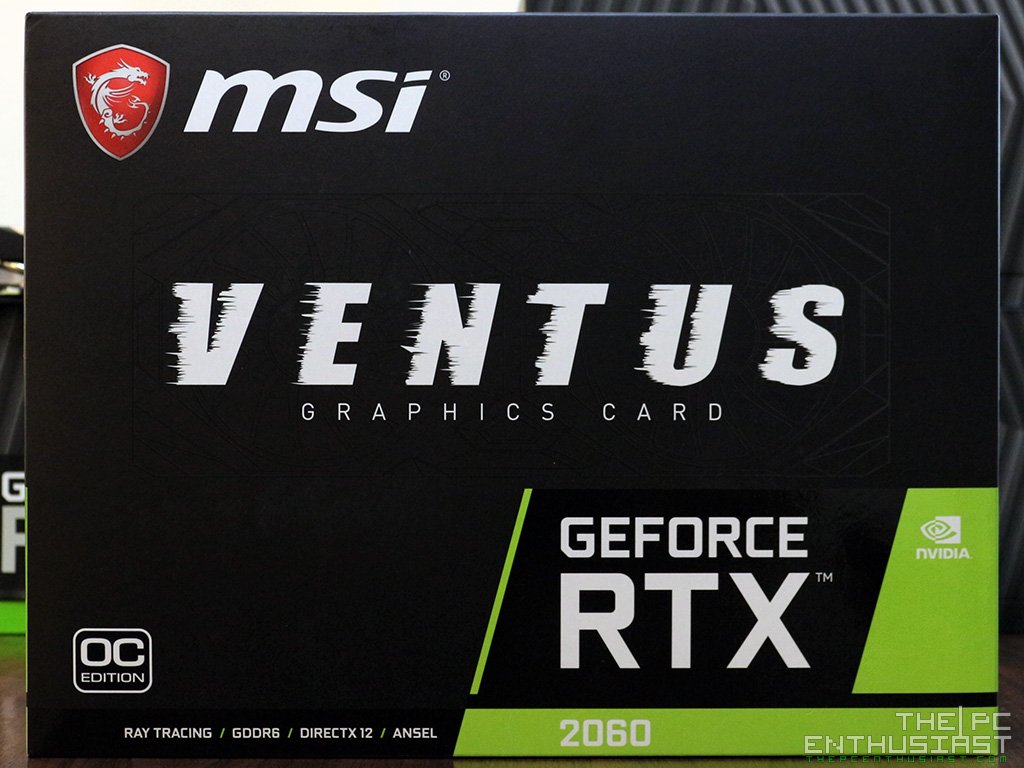
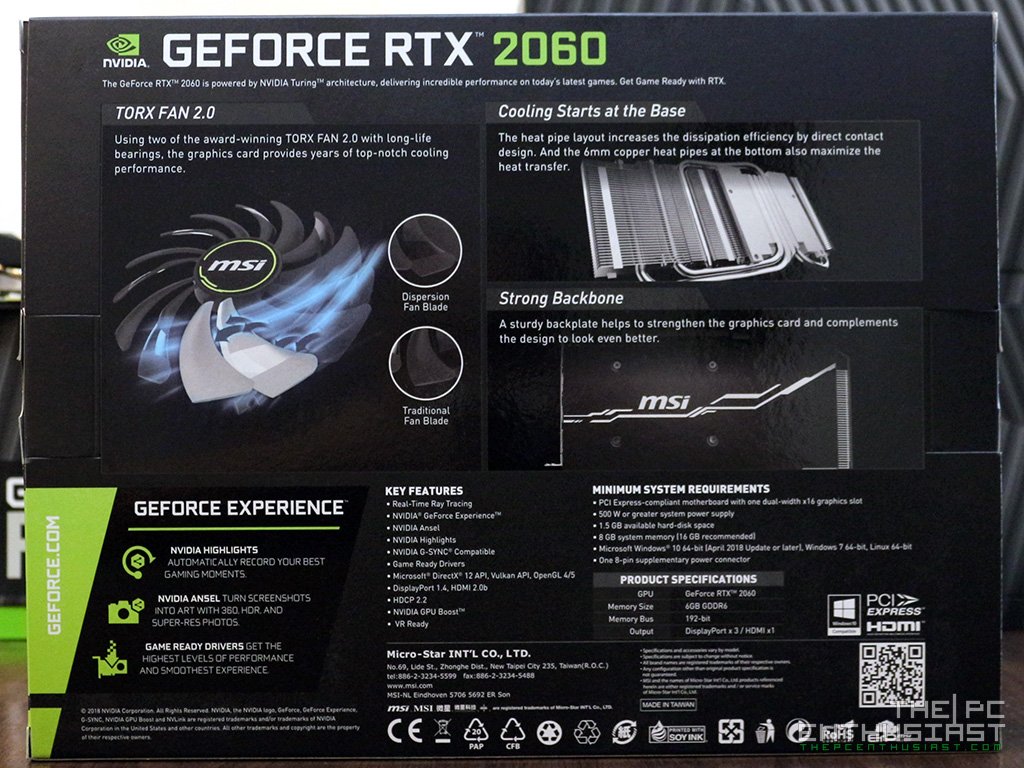

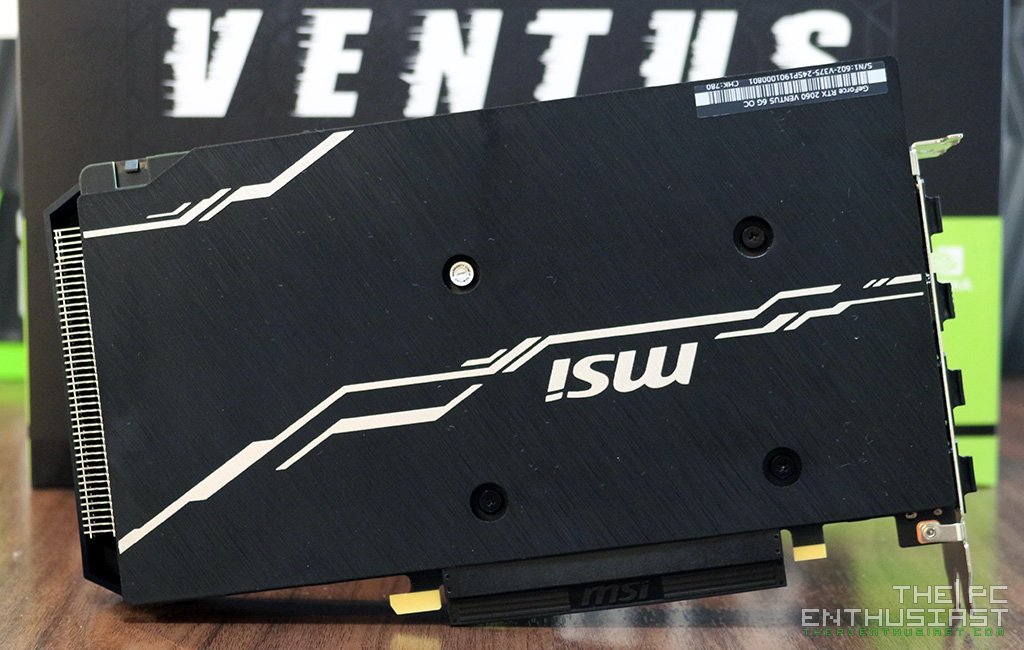
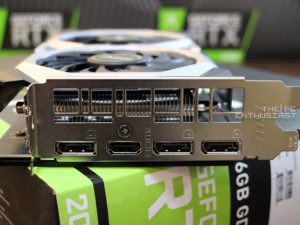


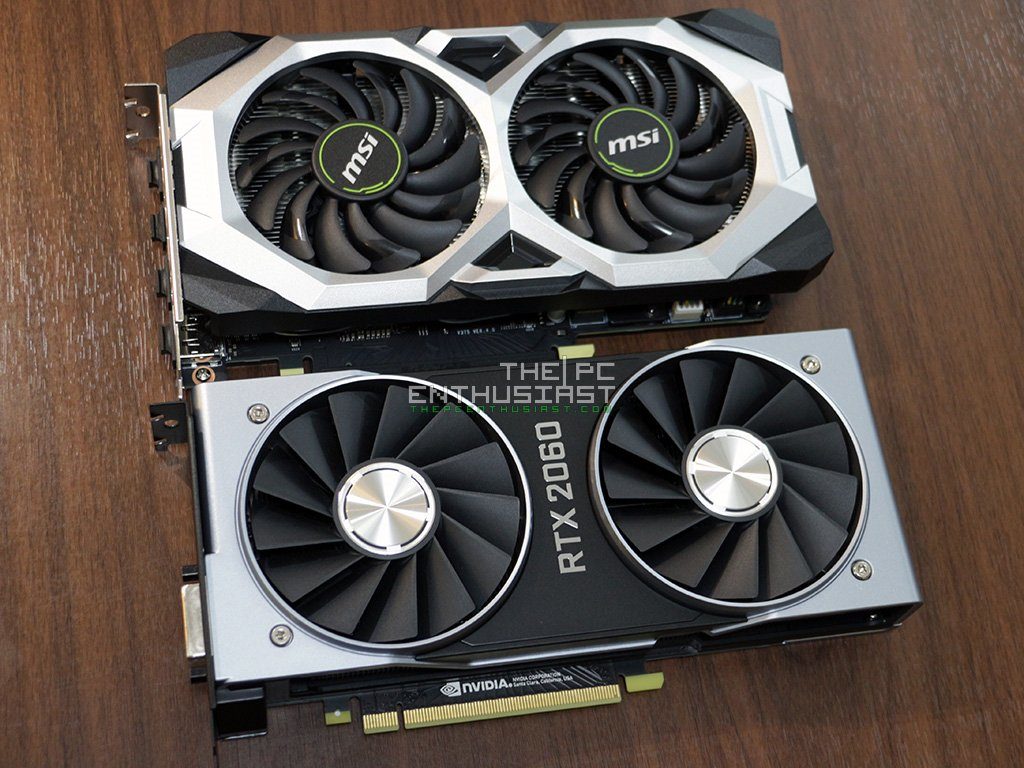
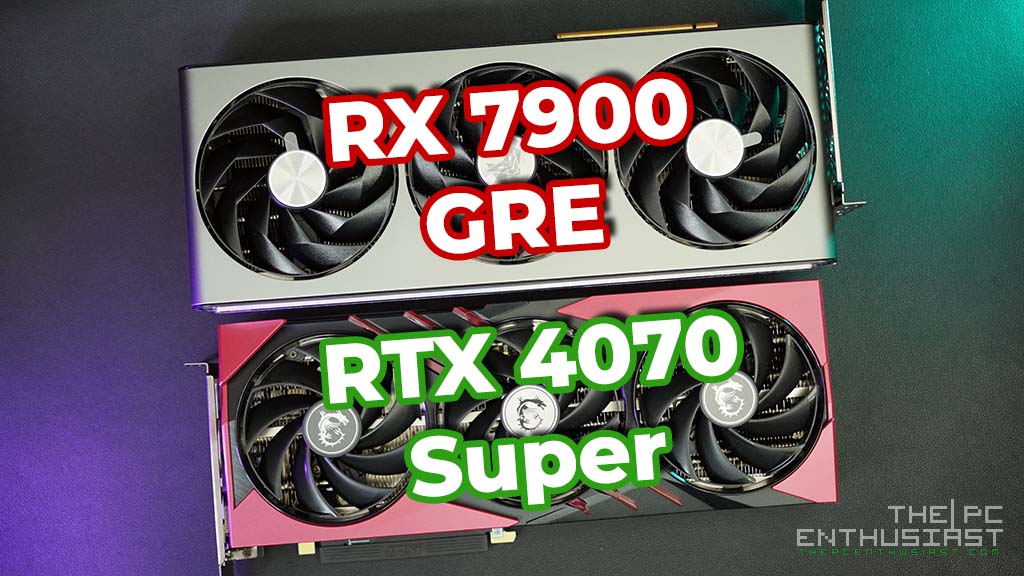
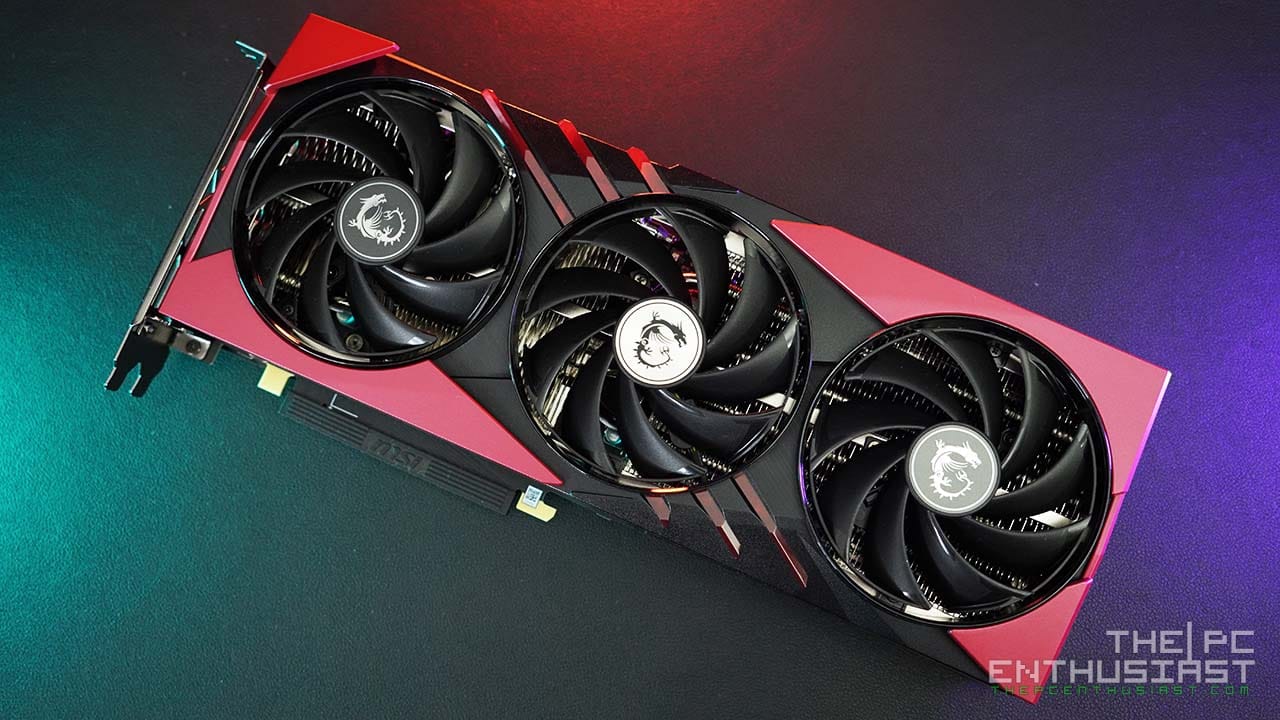
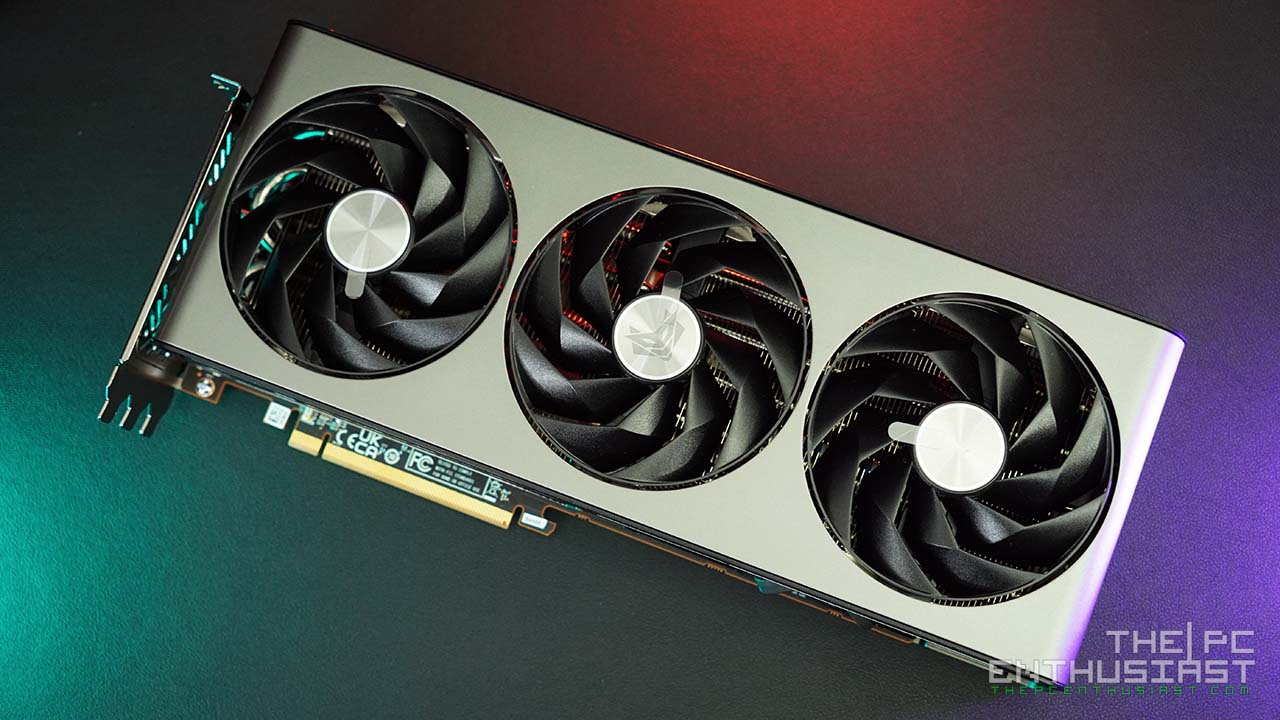

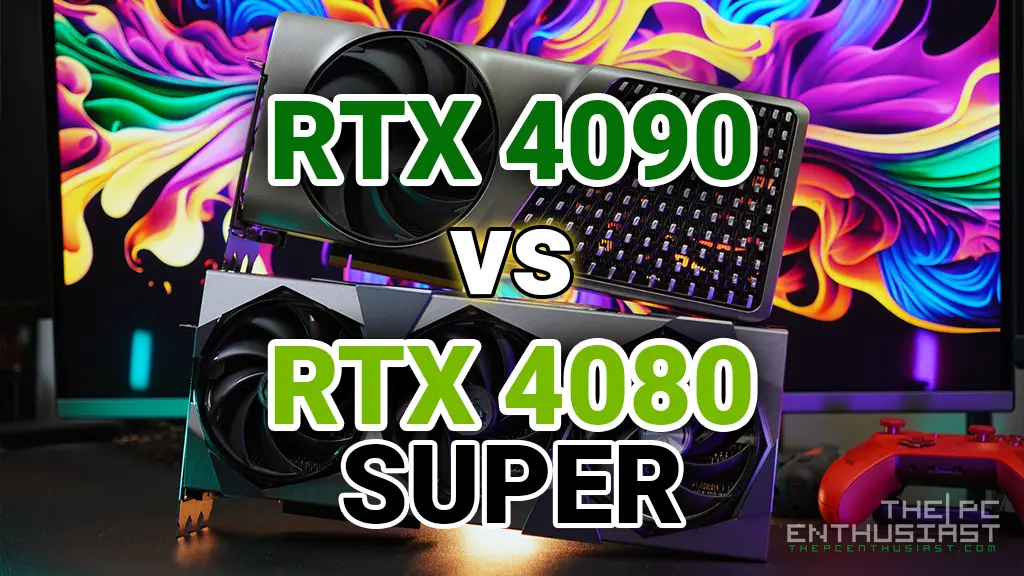
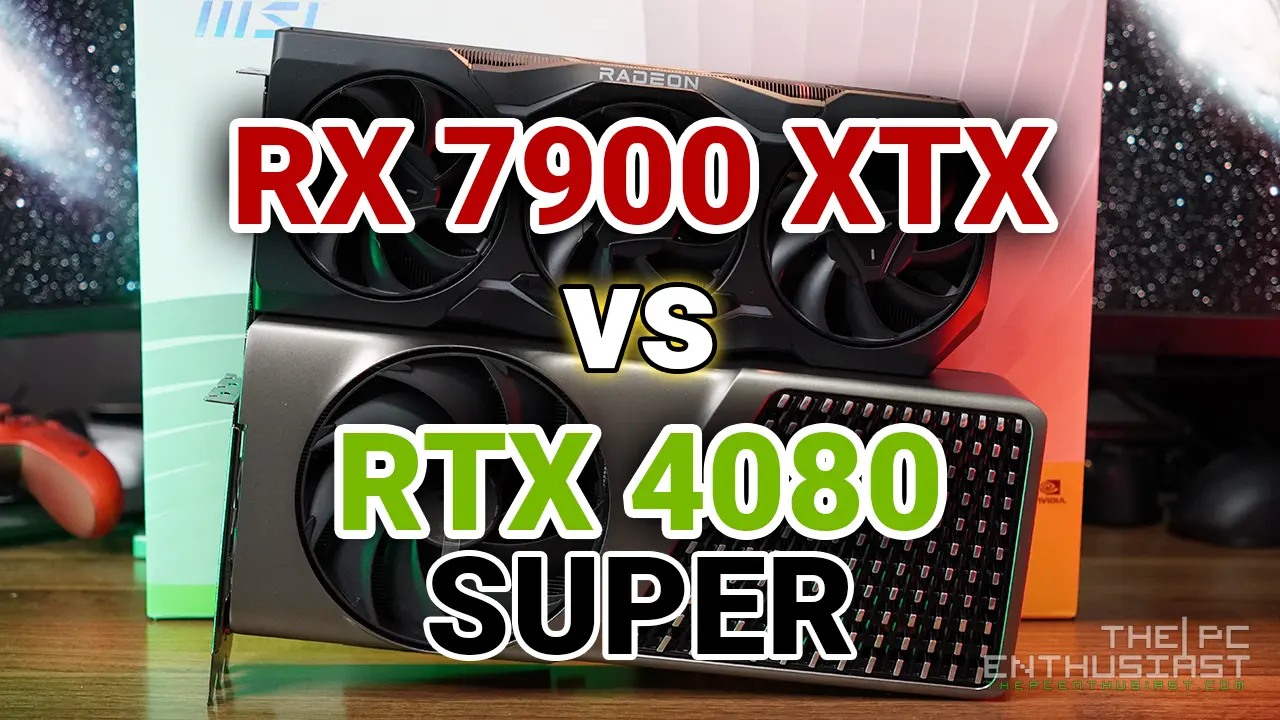

Hi, between the Zotac RTX 2060 AMP and the MSI RTX 2060 VENTUS OC, which do you suggest? Which is bettee in terms of thermals and noise?
Hi Danial, we haven’t got the chance to test the Zotac RTX 2060 AMP Edition. However, I don’t think their thermals and noise would be that far from another. The RTX 2060 in general is already an efficient graphics card. Don’t really need to crank up the fan speed to keep it cool. Perhaps their price difference would be more significant than their thermals and noise. One thing to note though is that the Zotac RTX 2060 AMP Edition (not the Twin Fan Edition) has a metal backplate and a white LED lighting which is a plus. Unlike the Ventus OC with no LED lighting and a plastic backplate.
Hello there.
I’m building my first gaming computer and your article (and website in general) was much welcomed.
Your review are clear and complete and as a beginner (i’ve a friend on my side for building the beast ahah) it is really helpfull for select the component and don’t pay overpriced component for nothing.
Thanks for all your work and have a good day !